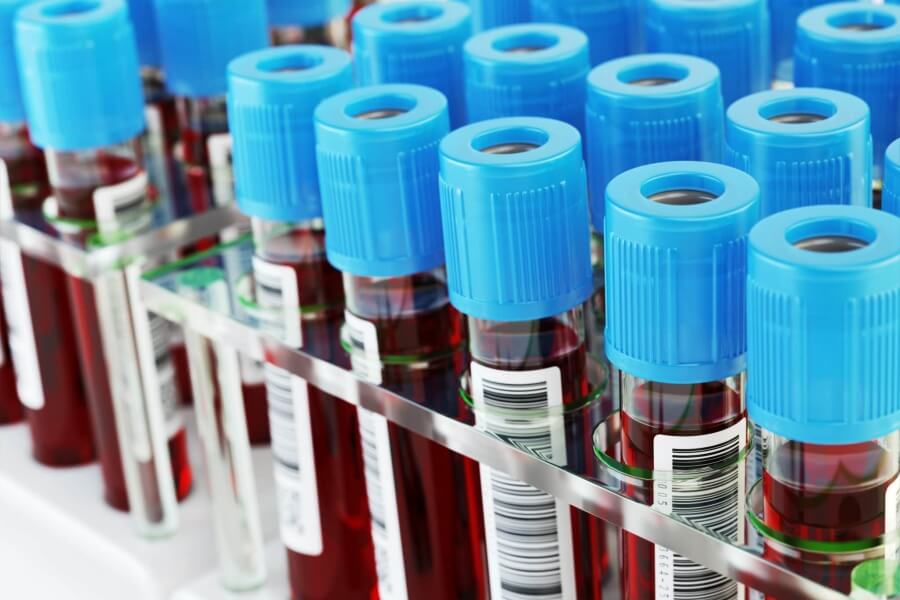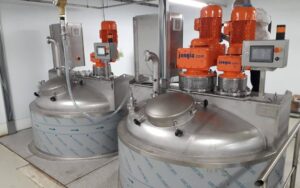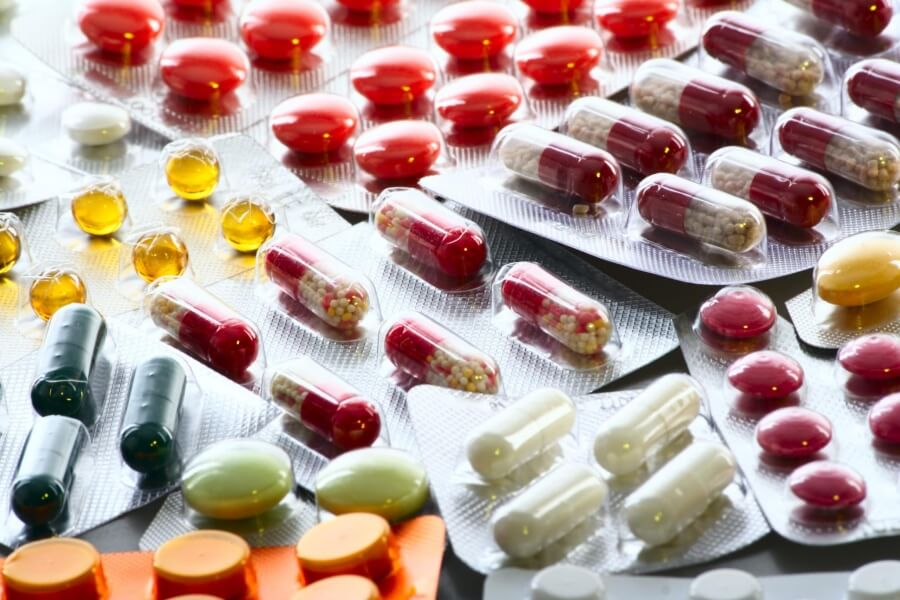
Blood plasma
Plasma is a yellow liquid derived from the human body that contains mainly red blood cells, white blood cells and platelets. In addition, plasma has substances such as mineral salts, enzymes, hormones and so on. Plasma acts as a means of transportation through the body. For example, it transports various forms of oxygen, hormones, sugars, fats and carbon dioxide. Hospitals often receive plasma through plasma donors. These are (often) volunteers who donate their plasma for various purposes such as scientific research, pharmaceuticals and sick treatments. A plasma donor may donate about 25 liters of plasma per year.

We understand mixing is not just about simply combining raw ingredients

Scientific research
Given the many substances contained in plasma, it offers enormous value for scientific research. When COVID-19 was in full swing, enormous numbers of people who had been cured of Corona donated their plasma with antibodies to various agencies. This allowed new research into a possible cure for the virus to be started.
Pharmaceuticals
Plasma is desperately needed for the development of various drugs. For example, the proteins in plasma can protect patients with immune disorders. Drugs made from plasma often target people with immune disorders, muscle disorders and various inflammations. Drugs developed from plasma can sometimes cure more than a hundred different conditions.
Applications
Treatments
Much of all plasma is supplied to Dutch hospitals, among others. These hospitals sometimes use the administration of plasma as standard treatment for their patients. Patients who often qualify for this are those with massive blood loss, burns or clotting disorders.
Frequently Asked Questions
What is blood plasma?
Blood plasma is a yellow liquid in the human body, primarily consisting of red and white blood cells, platelets, and various substances like mineral salts and hormones. It serves as a transportation medium for oxygen, hormones, and nutrients throughout the body.
Why is plasma important for scientific research?
Plasma contains numerous substances valuable for scientific studies, aiding research such as COVID-19 antibody studies. Donations from recovered patients enabled research into potential cures and treatments, demonstrating plasma’s significance in advancing medical science.
How is plasma used in pharmaceuticals?
Plasma is essential for developing medications, especially for treating immune disorders. Proteins derived from plasma help produce drugs that can address various health conditions, making it a critical resource for pharmaceutical companies.
Who benefits from plasma treatments?
Plasma treatments are commonly administered in hospitals, particularly for patients with significant blood loss, burns, or clotting disorders. These treatments can be life-saving, showcasing the therapeutic value of plasma in clinical settings.
How much plasma can a donor give?
A plasma donor can contribute approximately 25 liters of plasma per year. Many donors are volunteers who support scientific research and treatment development by donating their plasma for various medical purposes.
Pharma & Personal Care – Contacts

Tom Pruymboom
Sales Director
Area Worldwide

Bart Brouwer
Area Sales Manager
Area Worldwide

Sijko van der Veen
Application Engineer
Technical Specialist
Pharma & Personal Care – Related Articles

Fermentation & Bioreactor Mixing Process
Bioreactors and Fermenters are culture systems to produce cells or organisms. They are used in various applications, including basic research and development, and the manufacturing of biopharmaceuticals, food and food additives, chemicals, and other products. A broad range of cell types and organisms can be cultivated in bioreactors and Fermenters, including cells (like mammalian cell lines, insect cells, and stem cells), microorganisms (like bacteria, yeasts, and fungi), as well as plant cells and algae. The words “Bioreactor” and “Fermenter” are basically the same thing.

The crystallization process in the pharmaceutical industry
Jongia Mixing Technology has initiated numerous mixing processes all over the world using her agitators. In some of these mixing processes, crystallization was a key factor in acquiring the desired final product. The process of crystallization is well-known in the

Jongia supplies agitators for expansion of Mades
Mades is a leading manufacturer of personal care products such as shampoos and lotions. The products are sold all over the world. The company has been growing rapidly for some time, so expansion of the production capacity was badly needed.








